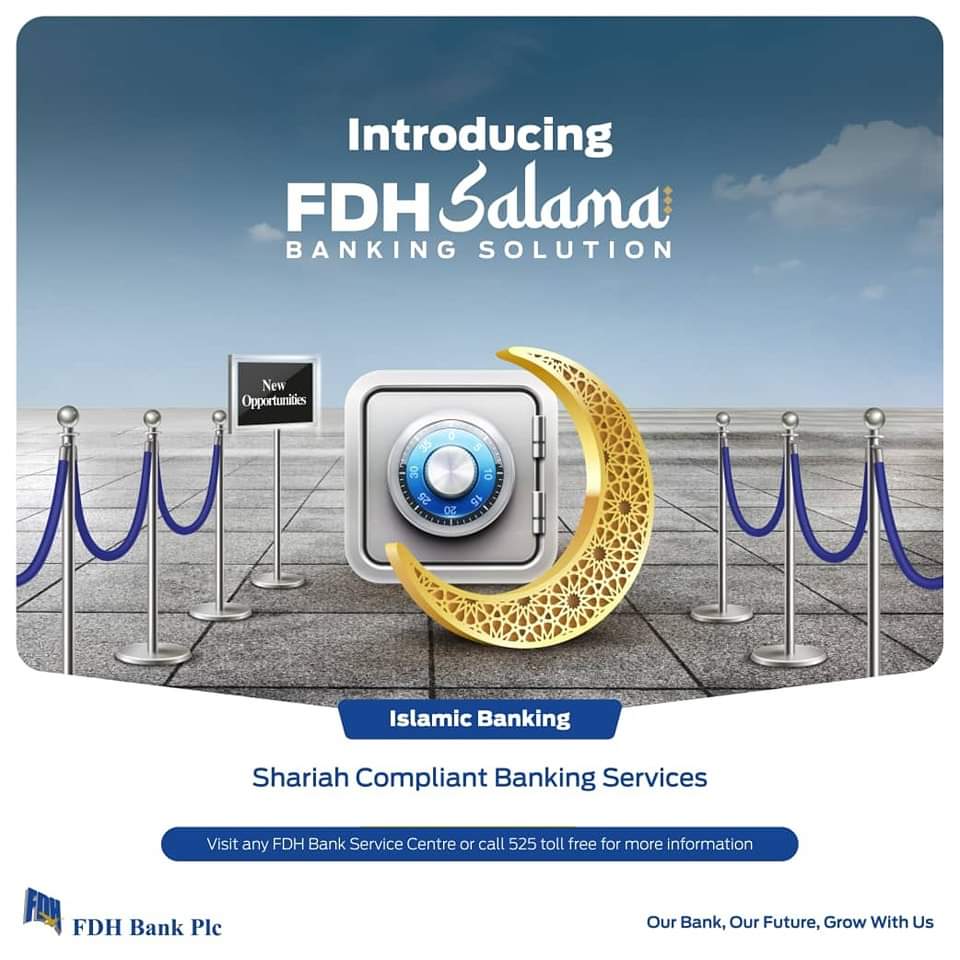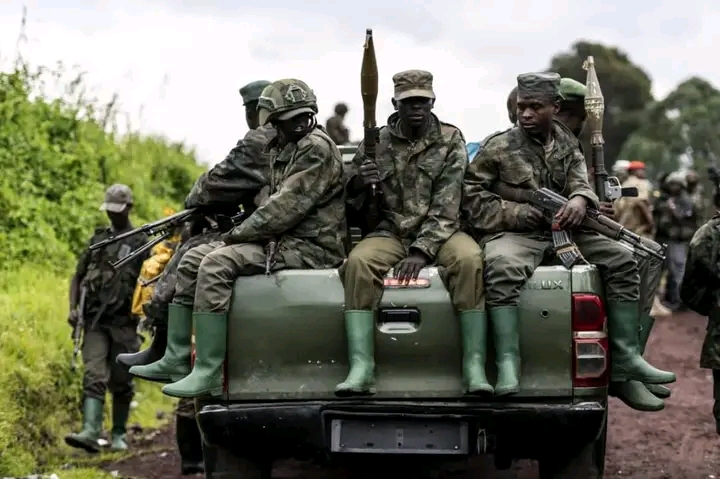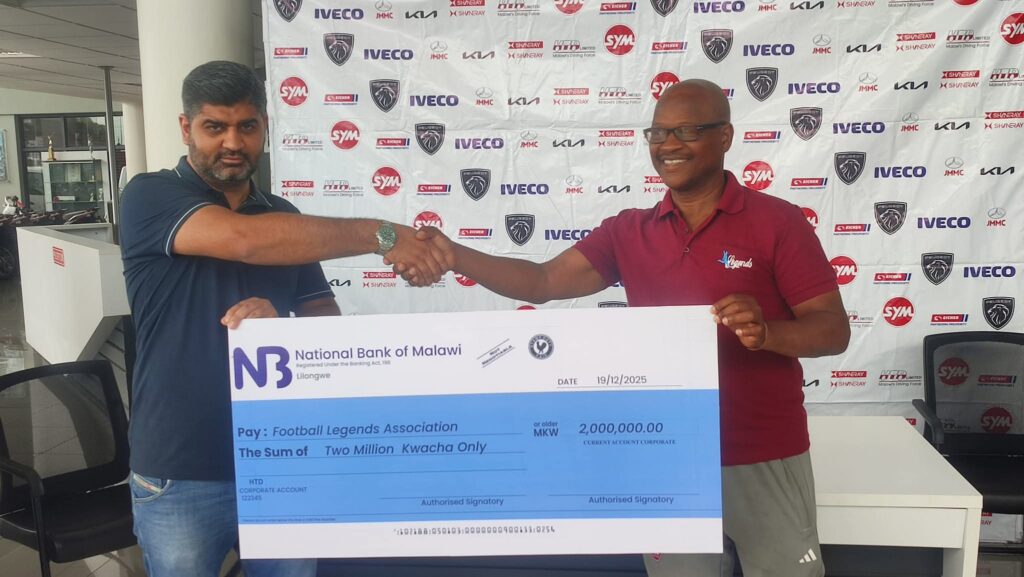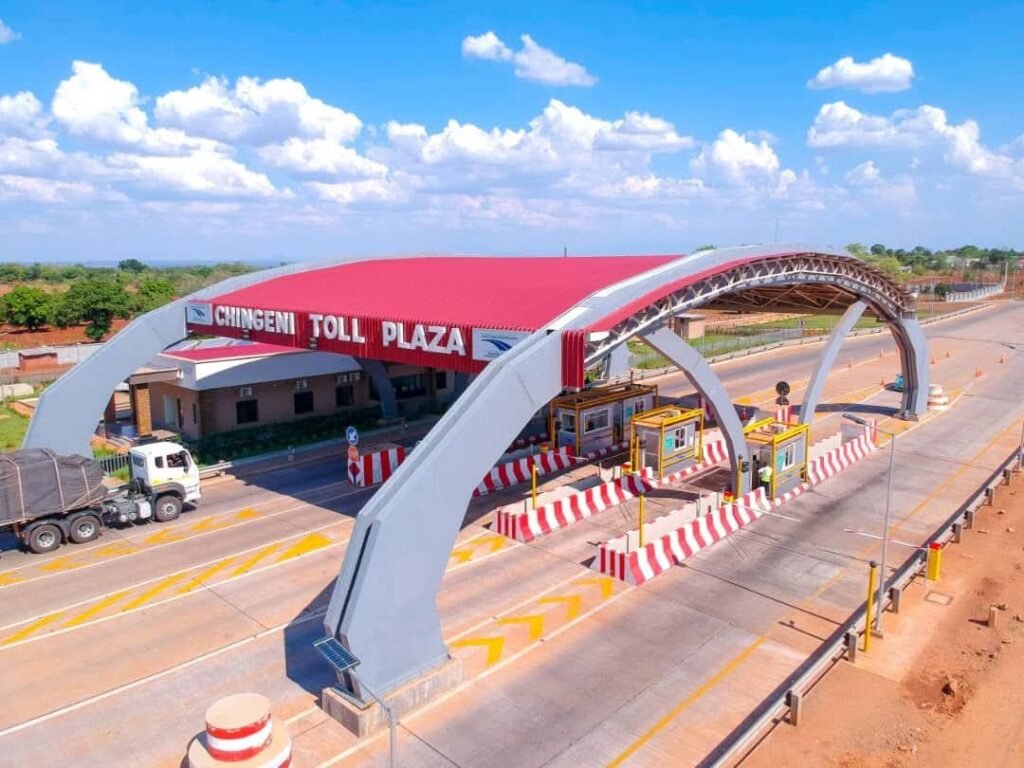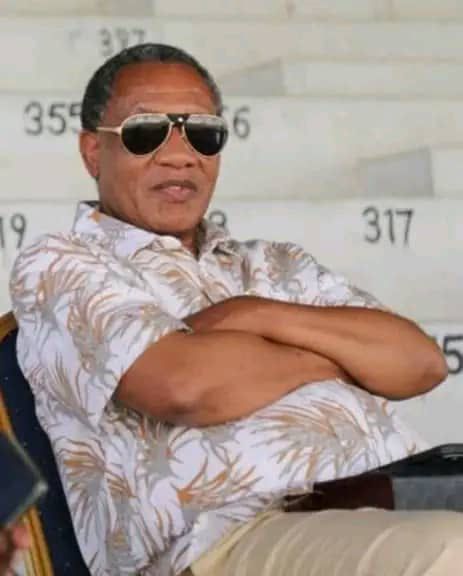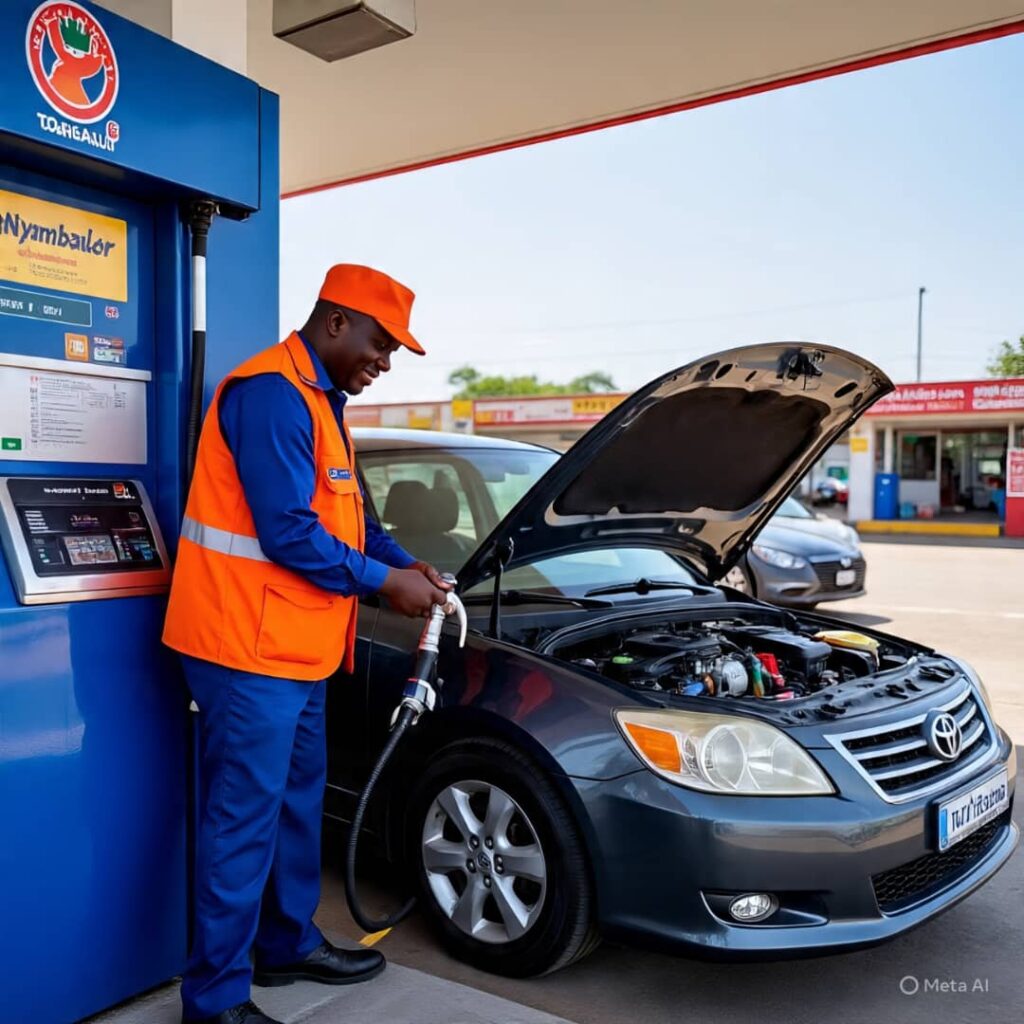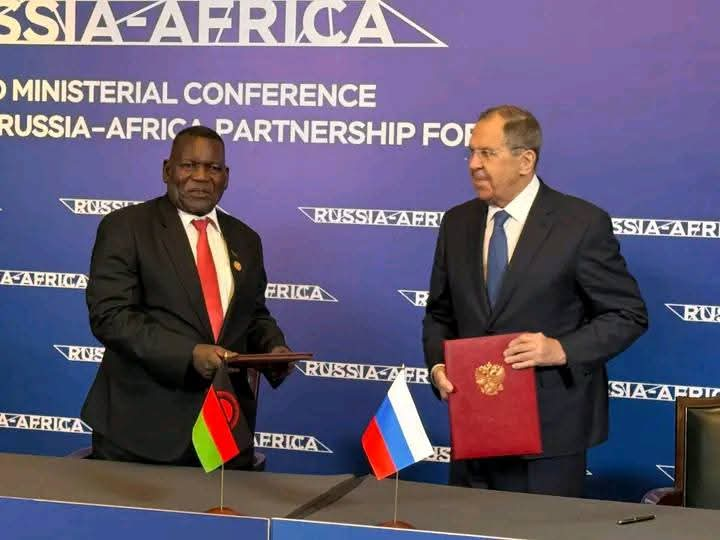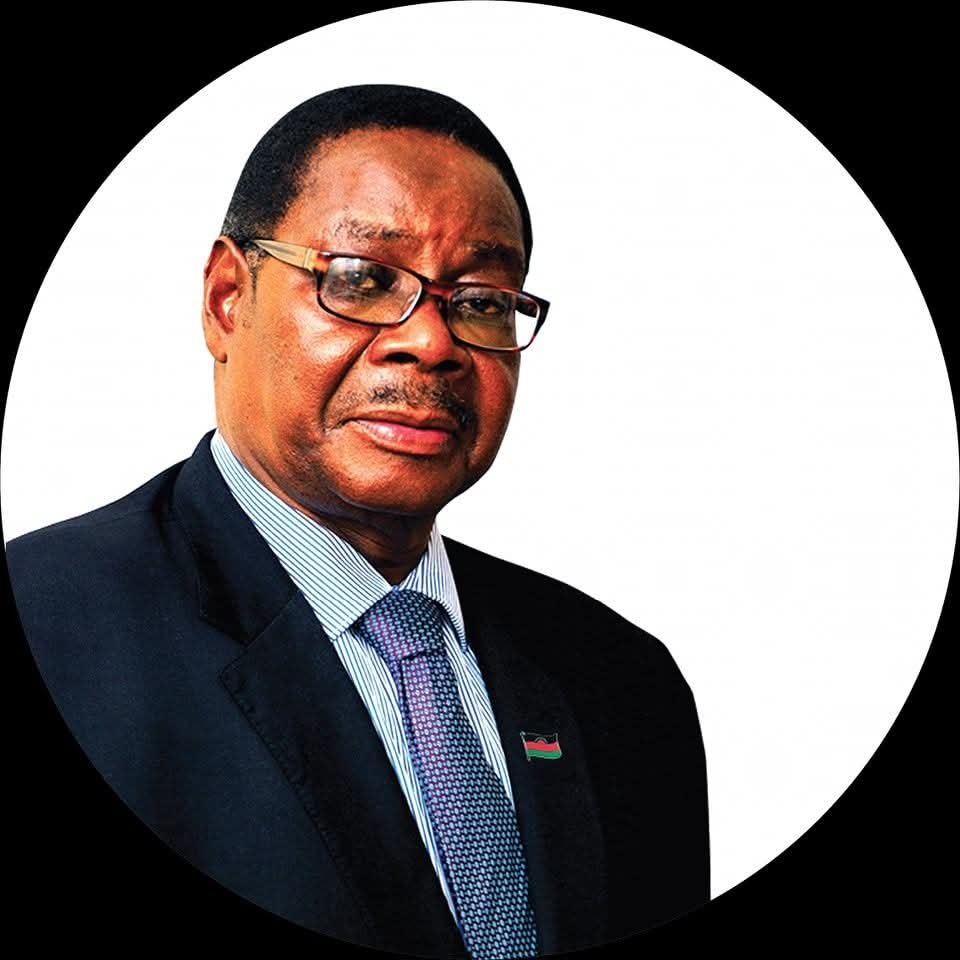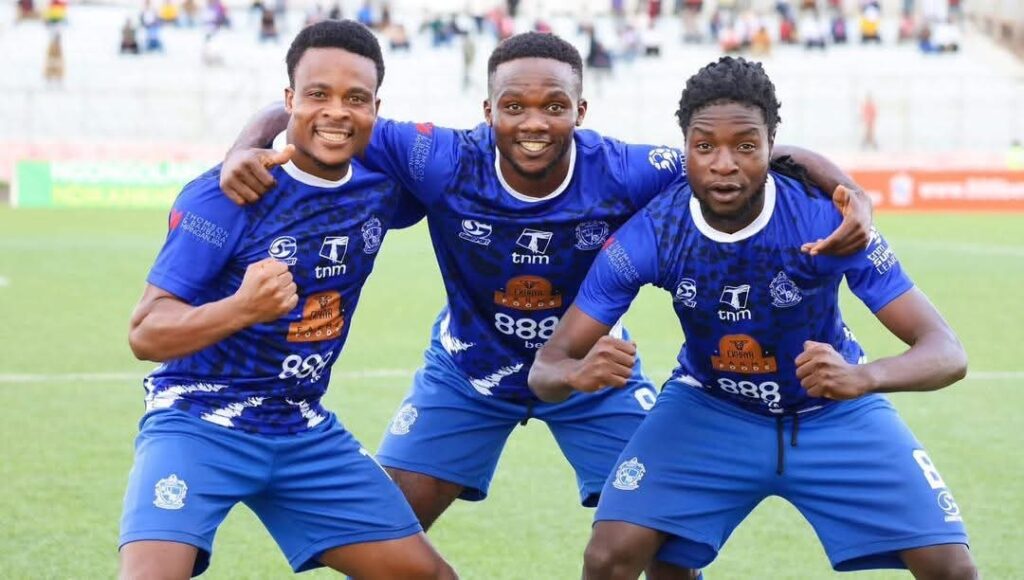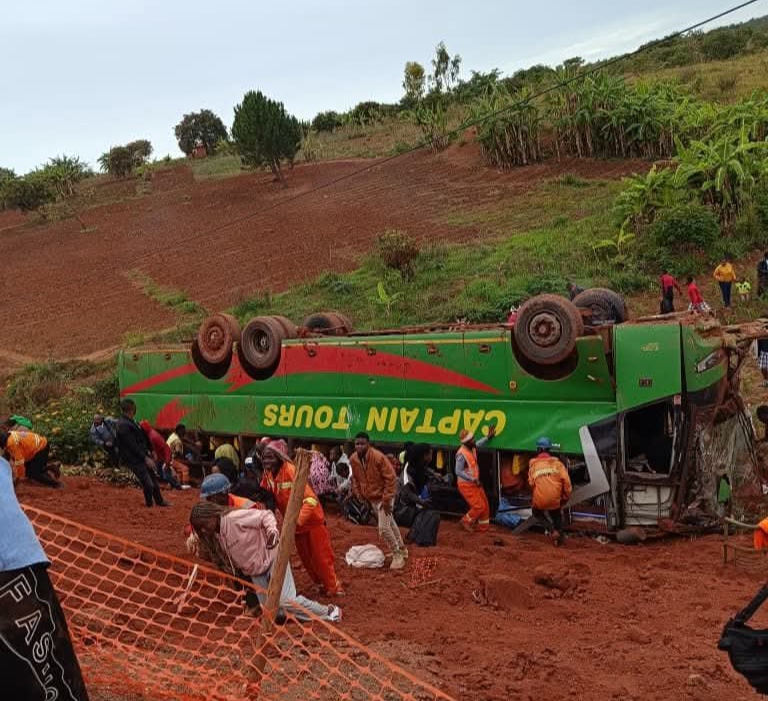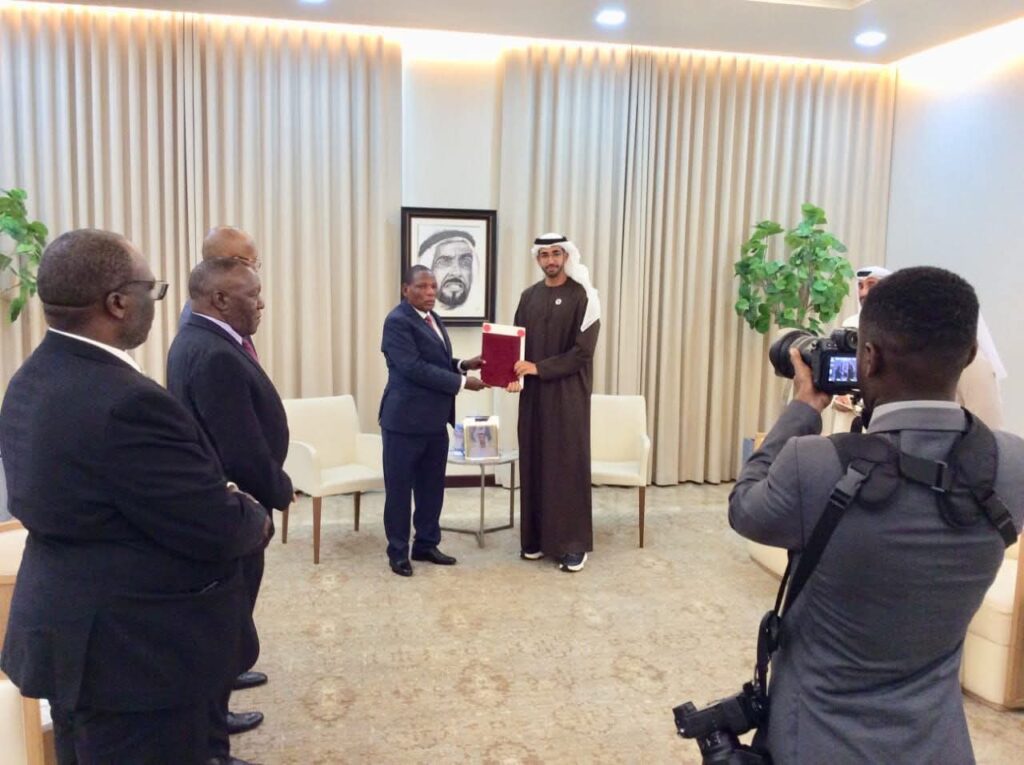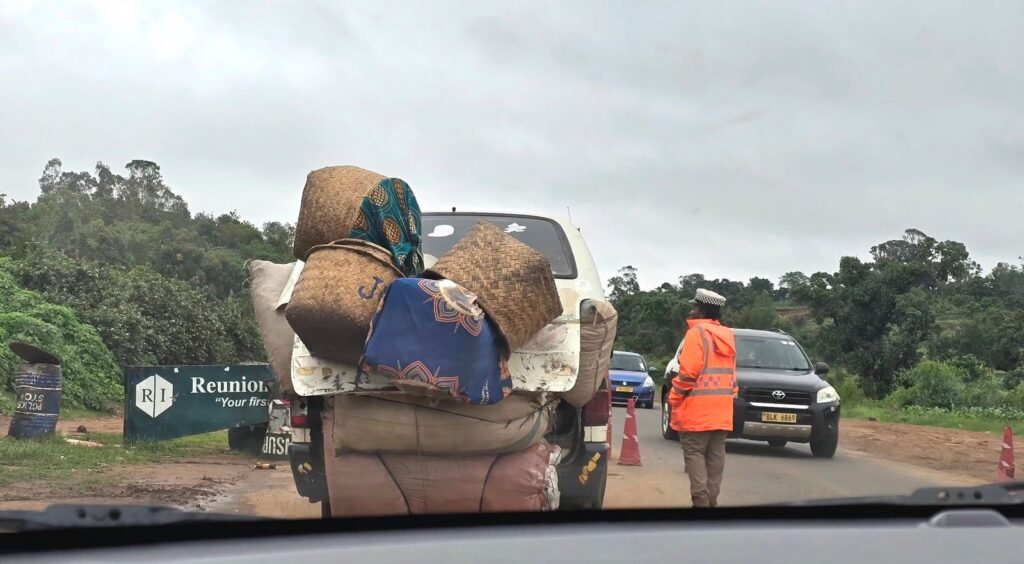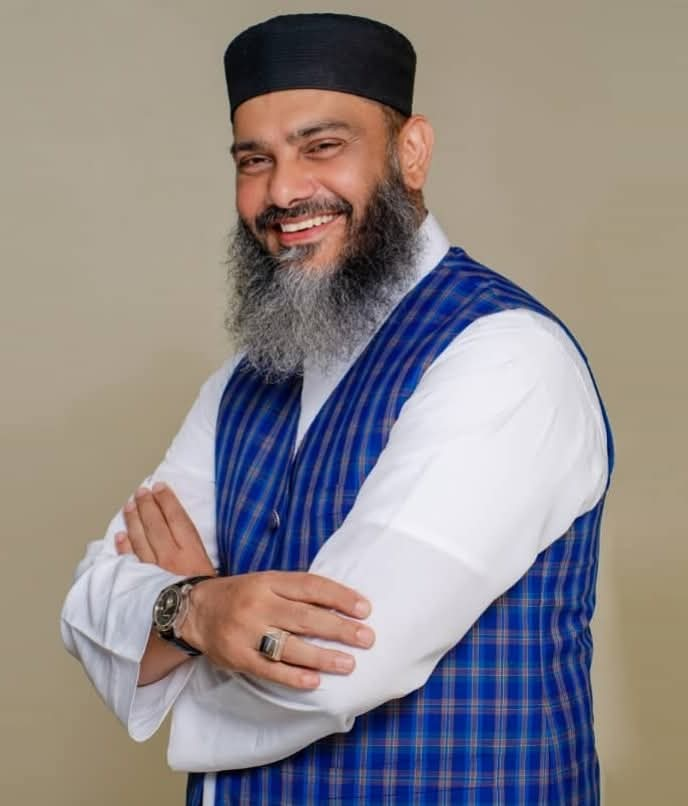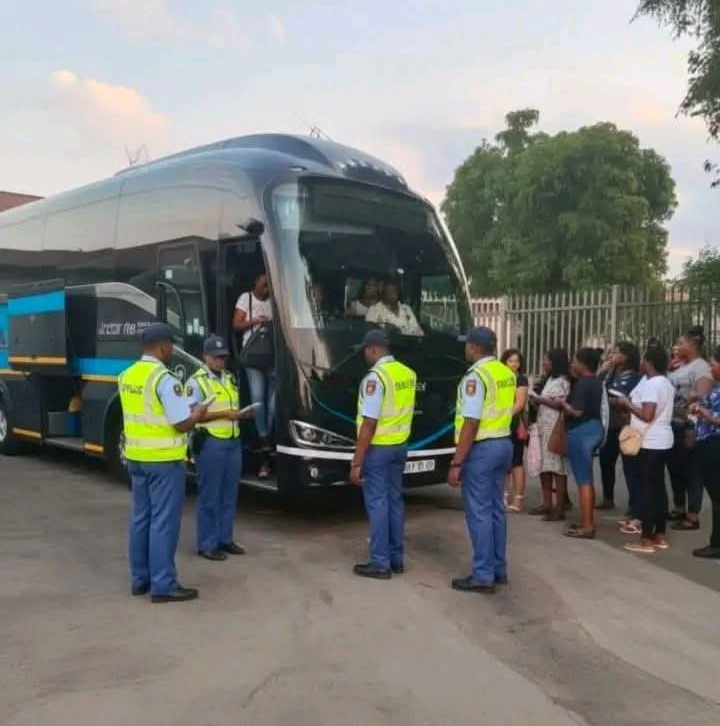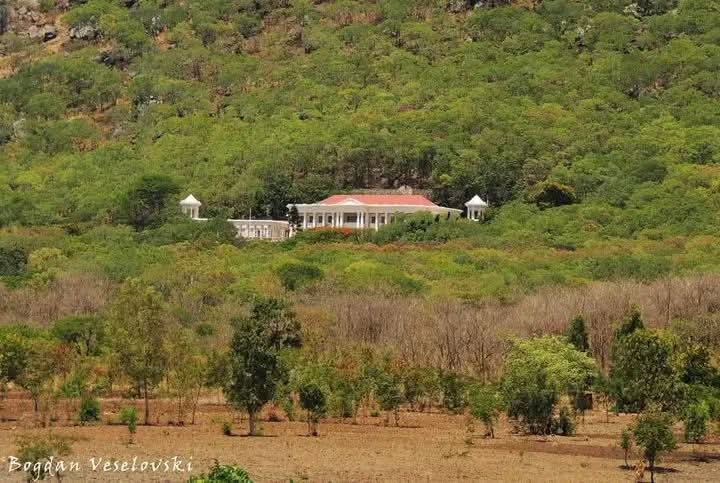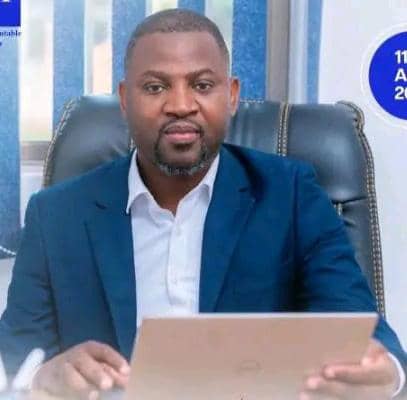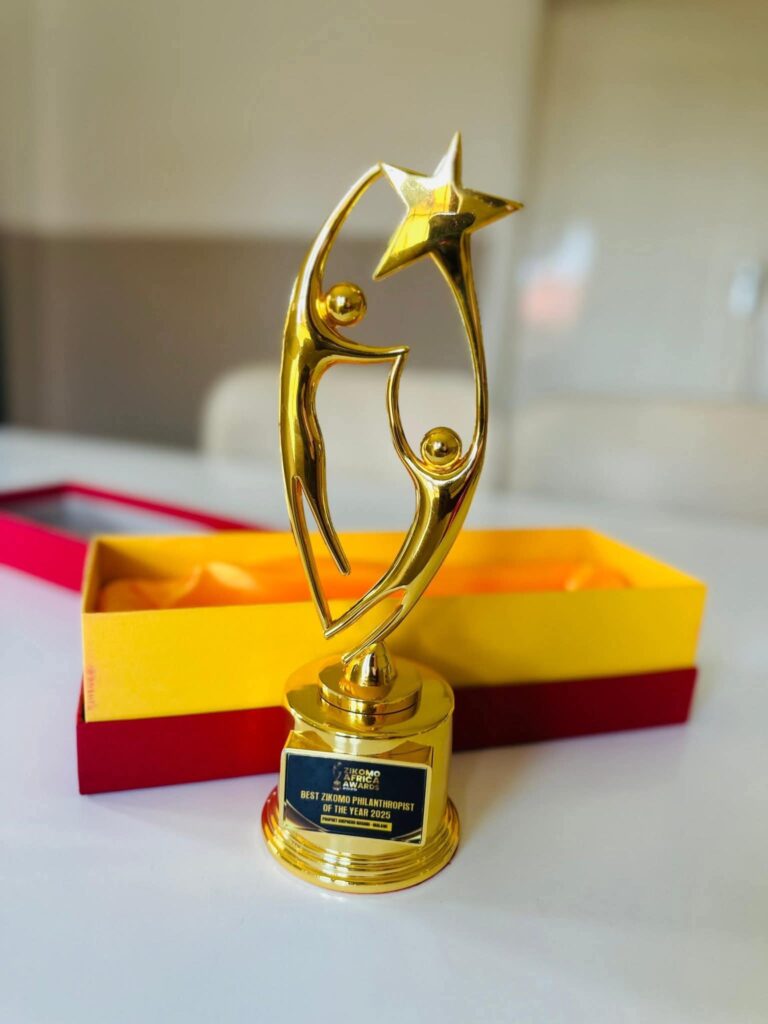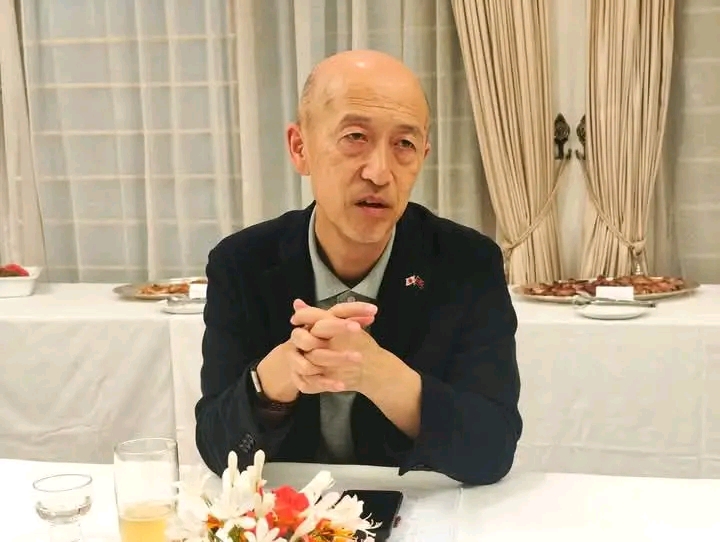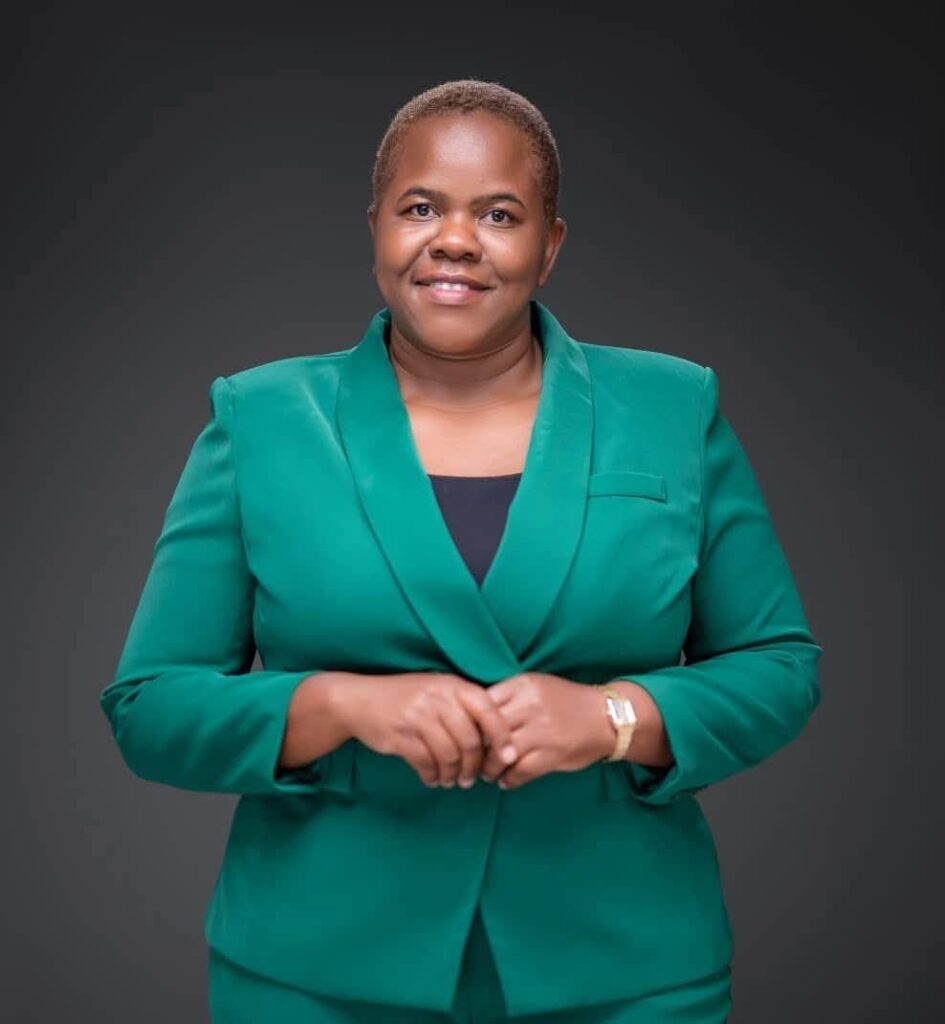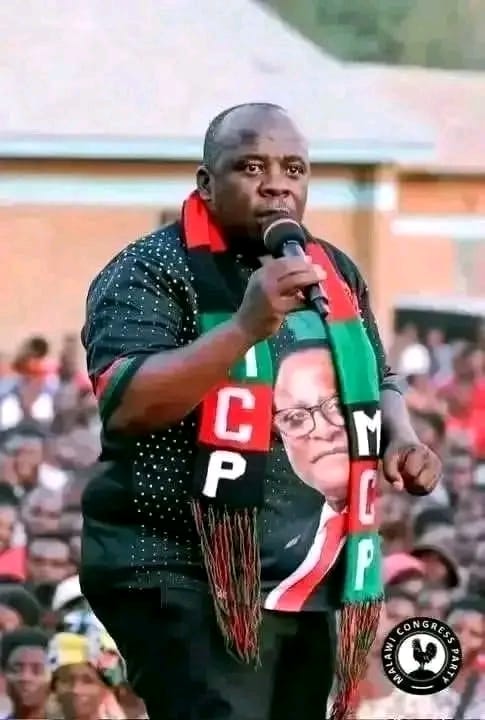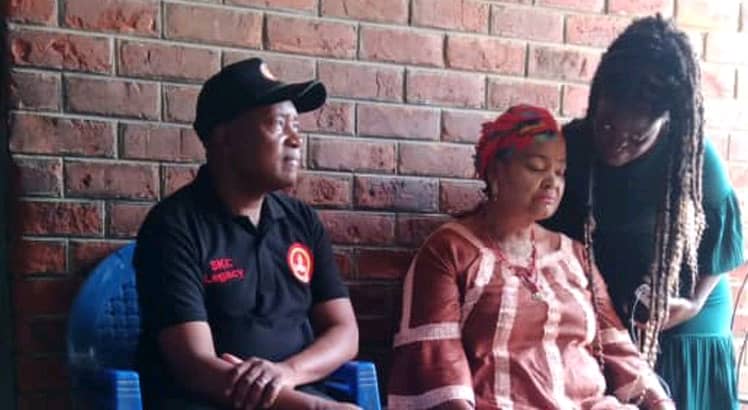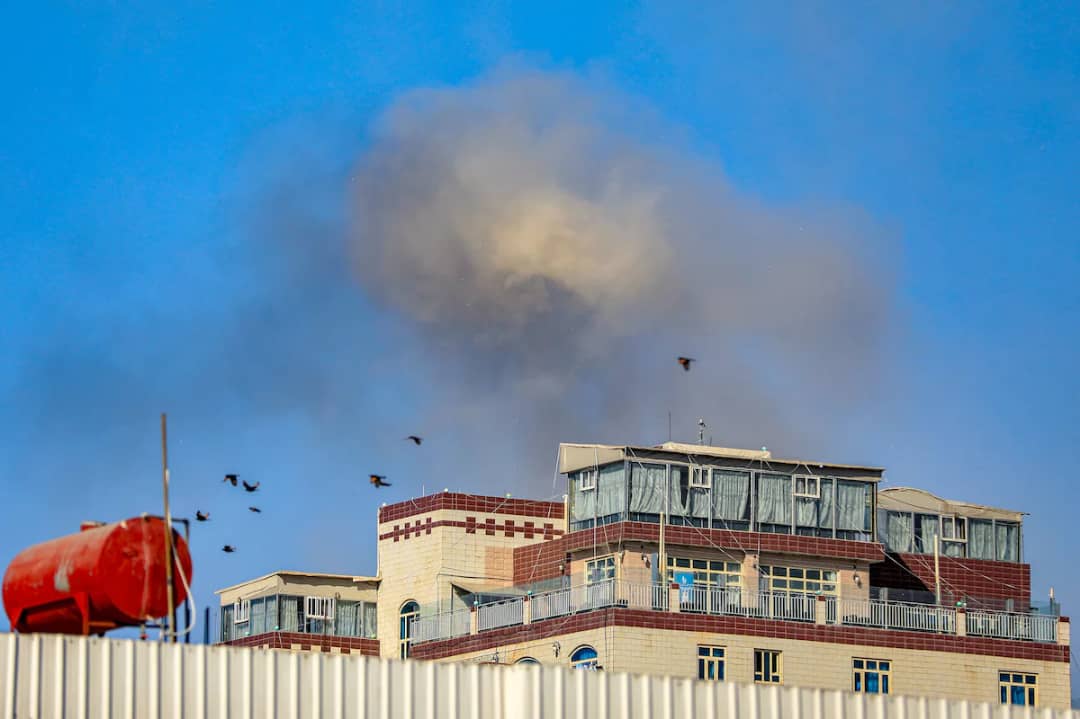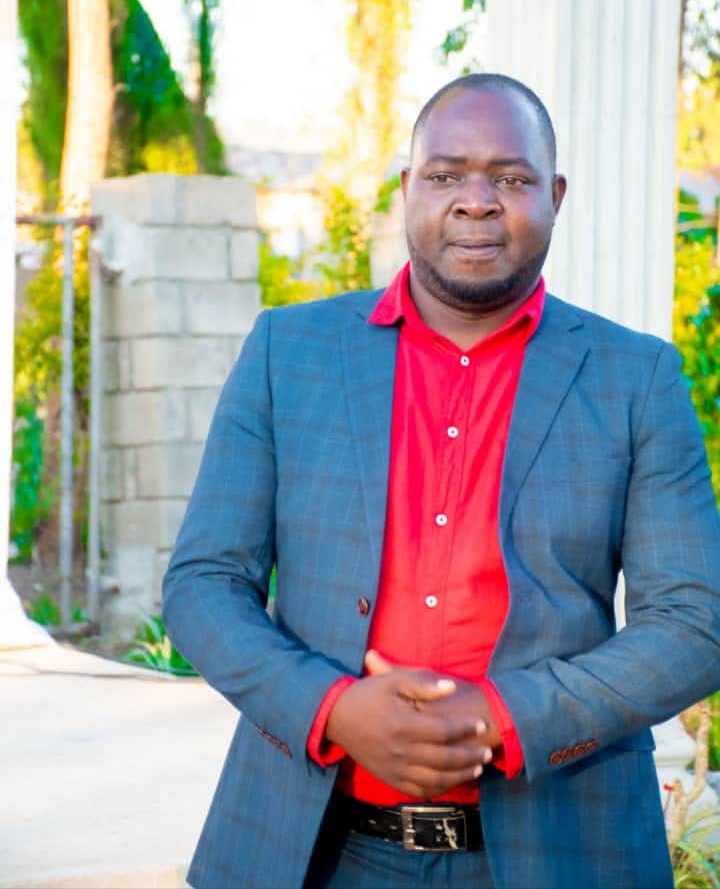By Twink Jones Gadama
The M23, or March 23 Movement, emerged as a significant rebel group in the Democratic Republic of the Congo (DRC) in 2012, but its roots can be traced back to earlier conflicts and political dynamics in the region. The group was formed by former members of the National Congress for the Defence of the People (CNDP), a rebel group that had previously fought against the DRC government. The CNDP was integrated into the Congolese army in 2009 as part of a peace agreement, but many of its members felt marginalized and disillusioned with the government. The M23 was officially established in April 2012, taking its name from a failed peace agreement signed on March 23, 2009, which was intended to address the grievances of the CNDP.
The leadership of M23 was primarily composed of individuals who had previously held positions within the CNDP. The most notable leader was Bosco Ntaganda, a former general in the Congolese army who had a controversial history, including being wanted by the International Criminal Court (ICC) for war crimes. Ntaganda’s leadership was characterized by a blend of military strategy and political maneuvering, as he sought to gain control over resource-rich areas in eastern DRC, particularly in North Kivu province.
The M23 received support from various external actors, most notably Rwanda, which has been accused of providing military assistance and logistical support to the group. The Rwandan government has denied these allegations, but the historical context of Rwandan involvement in DRC’s conflicts cannot be overlooked. The DRC shares a border with Rwanda, and the two countries have a complex relationship, often marked by mutual suspicion and accusations of interference. Additionally, Uganda has also been implicated in providing support to M23, further complicating the regional dynamics.
M23 is primarily based in the eastern DRC, particularly in North Kivu province, where it has sought to establish control over key territories. The region is rich in minerals, including coltan, gold, and diamonds, making it a focal point for both rebel groups and government forces. The control of these resources has been a significant driver of conflict in the DRC, as various actors vie for access and profits.
From the moment M23 entered into conflict with the DRC government in 2012, its objectives became increasingly clear. The group sought to address the grievances of the Tutsi population in eastern DRC, who felt marginalized and threatened by the Congolese government. M23’s demands included greater political representation, security guarantees, and the protection of Tutsi communities from violence perpetrated by other armed groups, particularly the Democratic Forces for the Liberation of Congo (FDLR), which is composed largely of Hutu militants.
The DRC government, led by President Joseph Kabila at the time, responded to the M23 insurgency with military force, leading to a protracted conflict that resulted in significant humanitarian consequences. The fighting displaced hundreds of thousands of people and exacerbated an already dire humanitarian situation in the region. The international community, including the United Nations, became increasingly involved, with the establishment of the United Nations Organization Stabilization Mission in the Democratic Republic of the Congo (MONUSCO) to help stabilize the situation.
Despite the government’s military efforts, M23 managed to capture the provincial capital of Goma in November 2012, a significant victory that underscored the group’s military capabilities and the weaknesses of the Congolese army. However, this victory was short-lived, as international pressure mounted on M23 to withdraw from Goma. In response to diplomatic efforts, M23 retreated from the city in December 2012, but the conflict continued in the surrounding areas.
The DRC government has shown a mixed approach towards engaging with M23. While there have been attempts at dialogue and negotiations, these efforts have often been undermined by ongoing violence and mistrust. The government has been reluctant to grant significant concessions to the group, fearing that doing so would embolden other rebel factions and undermine its authority. Additionally, the complex web of alliances and rivalries among various armed groups in eastern DRC has made it challenging to establish a comprehensive peace process.
In 2013, the situation escalated further when the United Nations Security Council authorized the deployment of an intervention brigade within MONUSCO, tasked with taking offensive action against armed groups, including M23. This marked a significant shift in the international community’s approach to the conflict, as it sought to address the root causes of instability in the region. The intervention brigade engaged in military operations against M23, ultimately leading to the group’s defeat in late 2013.
Following its military defeat, M23’s leadership went into exile, with many members fleeing to Rwanda and Uganda. The group has since been largely inactive, but its legacy continues to shape the political landscape in eastern DRC. The grievances that fueled the rise of M23 have not been fully addressed, and the region remains plagued by violence and instability, with various armed groups continuing to operate.
In recent years, the DRC government has made some efforts to engage in dialogue with former M23 members and other armed groups. In 2021, President Félix Tshisekedi announced a national dialogue initiative aimed at addressing the root causes of conflict and promoting reconciliation. However, the success of these efforts remains uncertain, as the underlying issues of governance, resource control, and ethnic tensions persist.
The international community continues to play a role in supporting peace efforts in the DRC, but the challenges are immense. The complex interplay of local, regional, and international dynamics makes it difficult to achieve lasting stability. The M23 experience serves as a reminder of the fragility of peace in the DRC and the need for comprehensive solutions that address the grievances of marginalized communities.
In conclusion, the M23 rebel group emerged from a complex history of conflict and political dynamics in the DRC. Its leadership, primarily composed of former CNDP members, sought to address the grievances of the Tutsi population in eastern DRC. The group’s military successes and subsequent defeat highlight the challenges of governance and stability in the region. While the DRC government has shown some interest in engaging with former M23 members, the path to lasting peace remains fraught with difficulties. The legacy of M23 continues to influence the political landscape, underscoring the need for sustained efforts to address the root causes of conflict and promote reconciliation in the DRC.
- HTD Limited Backs Football Legends in Historic International Friendly
- CDEDI Turns Up Pressure on Road Fund Over Toll Money Transparency
- Nomads End Eight-Year Wait in Grand Style
- DPP under professor Arthur Peter Mutharika: A government that means business
- Malawi Champions Stronger Russia–Africa Ties at Ministerial Conference in Cairo
- Mutharika: Leadership Rooted in Supply, Stability, and Development
- Mighty Wanderers Crowned TNM League Champions After Emphatic Blantyre Victory
- Two Killed, 17 Injured in Mzimba Road Accident
- Mwanamvekha Secures UAE Backing for Airport Upgrade, Mining Investment
- Celebrate the Season in Style: Ekhaya Farms Has Your Fanta & Ice Packs Ready!”
- Police Roadblocks Bypassed in Broad Daylight: Ntcheu Drivers Unstoppable
- Pacific Limited Honoured for Leading Role in Cholera Fight Through Free Borehole Rehabilitation
- South Africa Police Arrest Migrants on Homebound Buses Ahead of Christmas
- Nguli Ya Nawambe: Where Malawi’s Power, Memory and Myth Converge
- Civil Society urges President Mutharika to block CDF constitutional amendment amid legal and governance concerns
- Bushiri Bags Two Continental Awards, Targets Bigger Humanitarian Impact in 2026
- Japan Ambassador Exposes MCP Campaign Pressure
- Mutharika to Review Cabinet Performance Reports
- High Court adjourns Chimwendo’s bail hearing to Wednesday
